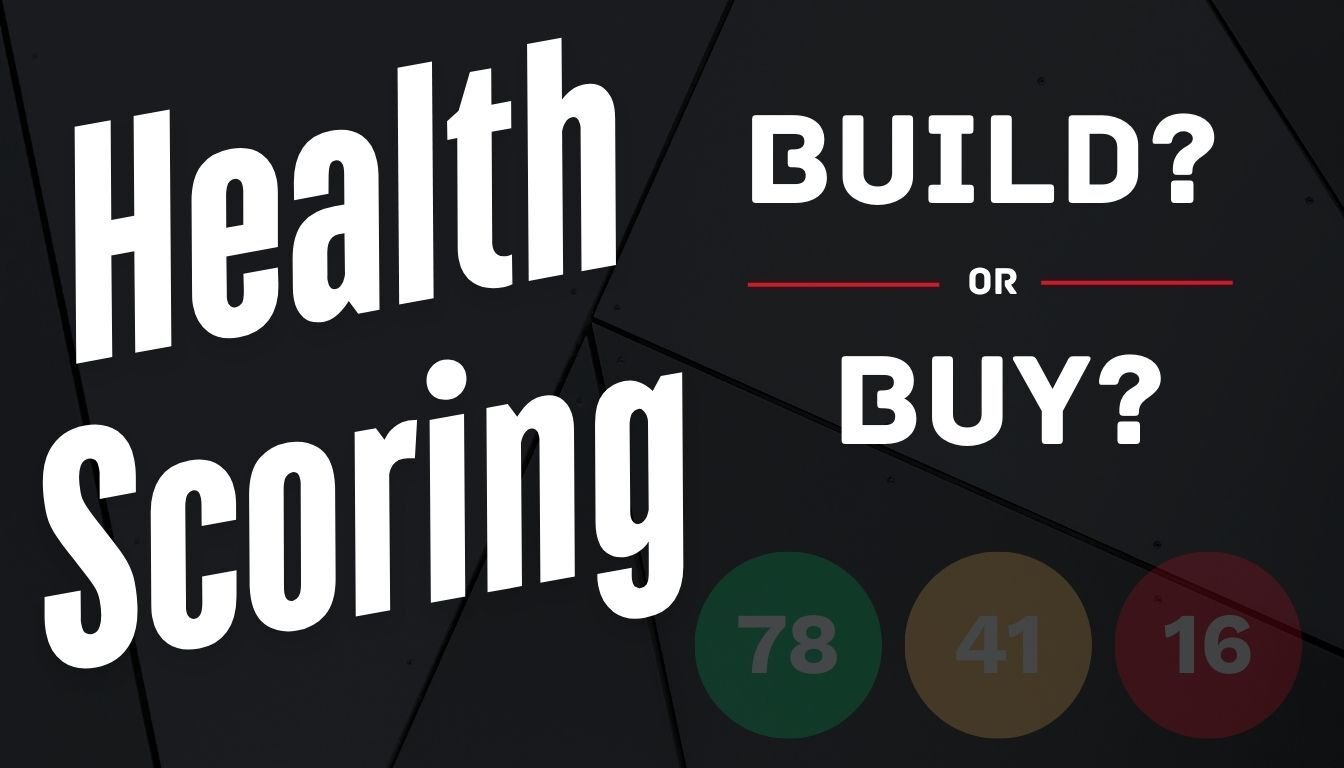Proven Strategies to Reduce Customer Churn in B2B SaaS
In the fast-paced world of B2B SaaS, keeping your customers is the difference between thriving and merely surviving. High churn rates can drain your...
3 min read
Brian Polackoff
:
Sep 30, 2024 2:36:00 PM

In the highly competitive B2B SaaS market, churn rate is more than just a key performance indicator for your management team—it's a crucial metric for your board of directors. A low churn rate can significantly influence the board’s confidence in your strategic decisions and future prospects. This article delves into why maintaining low churn is essential for keeping your board of directors satisfied and how it impacts your broader objectives as a B2B SaaS company.
What is Churn? Churn rate, in the context of a B2B SaaS company, refers to the percentage of customers who cancel their subscriptions within a certain period. It’s a direct reflection of customer dissatisfaction, inadequate service, or better offerings by competitors. Learn more about calculating churn and how churn affects SaaS businesses.
Why Does Churn Matter?
Revenue Predictability: Your company thrives on recurring revenue. High churn rates disturb revenue predictability, complicating financial planning and performance evaluations.
Company Valuation: Continuous customer loss affects your company valuation negatively, which is crucial for attracting further investments or during exits.
Cost Implications: Acquiring new customers is considerably more expensive than retaining existing ones. High churn rates increase customer acquisition costs disproportionately.
Market Perception: High churn can lead to negative market perception, making it harder to acquire new customers and maintain a positive brand image.
In short, high churn rates decrease lifetime customer value and increase costs of customer acquisition more than lower churn rates. When you are ready to focus on this topic, you should explore data-driven retention strategies maximize revenue.
Your board of directors often includes investors, founders, and independent members with a vested interest in your company’s success. Their responsibilities include:
Strategic Oversight: Providing strategic direction and helping define your company’s long-term objectives.
Financial Supervision: Monitoring financial health and ensuring that financial strategies align with your company goals.
Risk Management: Identifying and mitigating risks, including operational and market-related risks.
Governance and Compliance: Ensuring your company adheres to laws, regulations, and best practices.
Financial Stability and Growth: Low churn indicates that your company is retaining customers and potentially increasing revenue through upselling and cross-selling, assuring the board of financial stability and growth prospects.
Validation of Business Strategies: Low churn validates your business strategies and operational effectiveness, which the board has a role in shaping.
Investor Confidence: Investors on the board are particularly sensitive to churn as it directly impacts their investments. Low churn enhances investor confidence, making it easier to secure additional funding.
Market Position and Competitive Advantage: A low churn rate signals superior customer satisfaction and a strong product-market fit, which helps strengthen your company’s market position—a key objective for the board.
Explore our comprehensive guide on effective ways to reduce churn in B2B SaaS.
Regular Product Updates and Innovation: Keeping your product aligned with market needs and customer feedback.
Personalized Customer Engagement: Regularly engaging with customers to understand their needs and challenges. Our platform allows you to break down your customer base into segments—such as high-risk churn or high-value customers—so you can tailor your retention strategies accordingly. By addressing each group’s specific needs, you reduce churn while increasing lifetime value.
Transparent Communication: Maintaining open communication with customers about updates, changes, or new features.
Feedback Loop: Incorporating customer feedback into product development and operations. If you’re noticing an uptick in churn, you’re not alone. Establishing a feedback loop ensures that customer insights drive product improvements.
Regular Reporting: Providing your board with regular churn metrics along with insights into why customers are leaving and the actions being taken to reduce churn. Understand the key metrics that help track and reduce churn for long-term success.
Strategic Meetings: Discussing churn in strategic meetings and exploring ways to further reduce it, including investments in new technologies like churn detection tools.
Success Stories: Sharing success stories of reduced churn and improved retention, particularly those enabled by predictive analytics and churn detection software. For example, Churn Assassin's cohort analysis tool allows you to segment customers by engagement level, making it easier to track trends and tailor retention efforts to specific user groups.
Maintaining a low churn rate is pivotal for the health of your B2B SaaS company. For your board of directors, it signifies that the company is on the right path, assuring them of its market position and financial stability. Implementing effective strategies to manage and reduce churn—especially through tools like churn detection software—not only satisfies the board but also contributes significantly to your company’s long-term success and sustainability. Churn Assassin empowers your business to retain more customers, reduce churn, and increase profitability with data-driven insights. Ready to see how it works? Sign up for a free trial today.

In the fast-paced world of B2B SaaS, keeping your customers is the difference between thriving and merely surviving. High churn rates can drain your...

In the rapidly evolving world of Software as a Service (SaaS), understanding customer churn and retention is crucial for ensuring your business's...

In B2B SaaS, understanding and proactively managing customer health is paramount to sustained growth and profitability. A robust customer health...